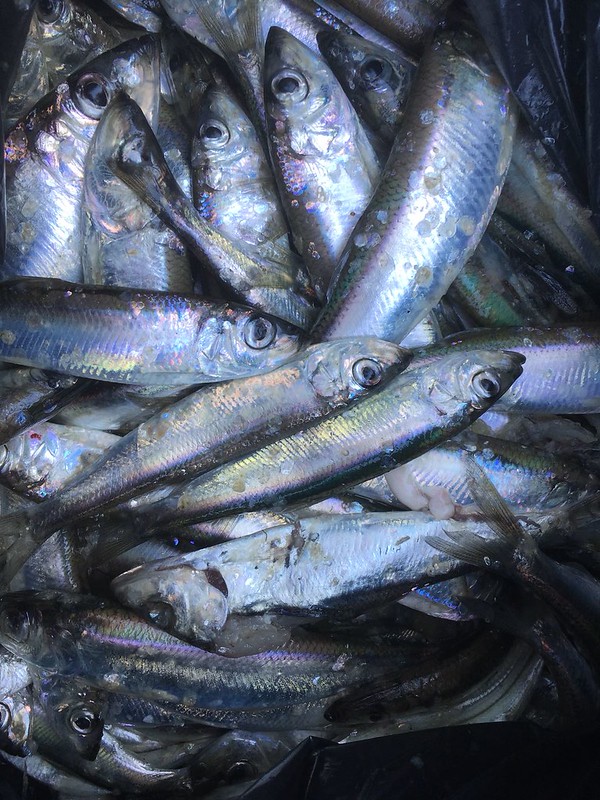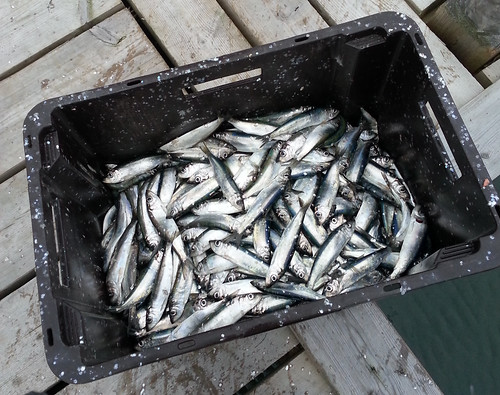CALL NOW OPEN! The European project ASSEMBLE Plus has opened its second call for Transnational Access, where researchers can apply for support to conduct research at one of more than 3 marine stations distributed over 16 countries. This call will give the opportunity to gain access to a wide array of technologies and services in the fields of marine science. The TA funding covers travel, accommodation, access to labs, research services, and standard disposables (but not researcher’s salaries).
In Finland, Tvärminne Zoological Station (University of Helsinki), the Archipelago Research Institute in Seili (University of Turku) and Husö biological station (Åbo Akademi University) offer access. Finnish researchers cannot apply for access to the Finnish stations, but are encouraged to apply for access to some of the other partner institutions.
In this new call, applications can be submitted at any time. Applications will be evaluated in six rounds, with the next collection date being 28 September 2018. More information can be found here.
The Archipelago Research Institute provide facilities for various types of research projects at a unique location in the middle region of the Archipelago Sea. Researchers working at the station will have access to the Institute’s long-term environmental monitoring data as well as are able to use the Institute’s research vessel r/v Aurelia or any of the smaller vessels. The institute’s staff also have good local knowledge of the sea area and are there to support for visiting researchers. For more information regarding the Institute and Seili island, please visit our website
or contact us.




